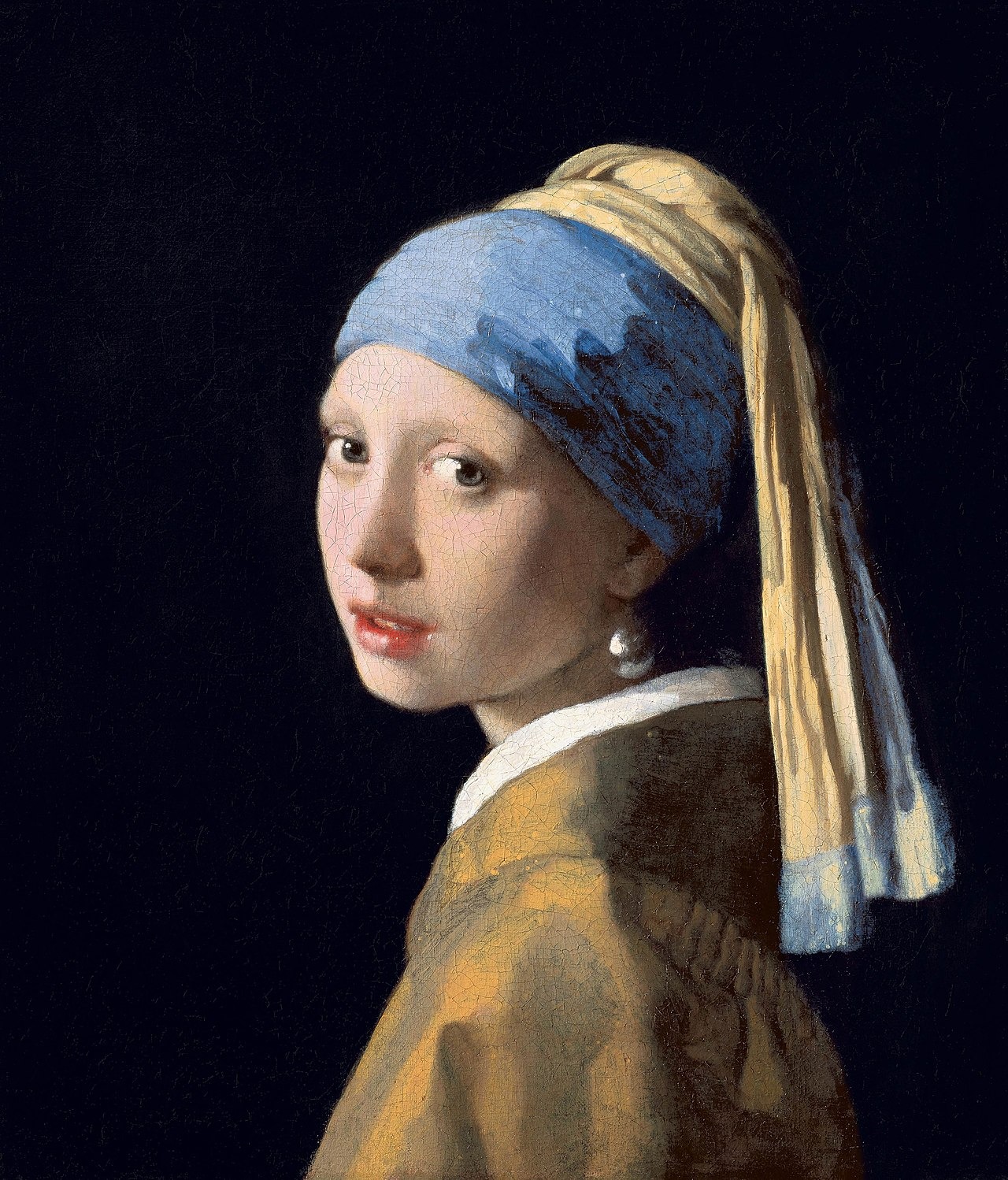
Dutch artist Johannes Vermeer (1632-1675) is among the most admired painters of his era. His most well-known work, Girl with a Pearl Earring, has even been nicknamed the "Dutch Mona Lisa." But Vermeer completed surprisingly few pieces — no more than 60 in total — during his lifetime, only 36 of which are still around. A recent discovery by the National Gallery of Art (NGA) in Washington, DC, has reduced the already paltry number even further.
On October 7, 2022, the NGA confirmed that one of the four Vermeers in their collection — Girl with a Flute — was not the work of the Dutch artist. One of the biggest giveaways was the painting's unusual layering technique. Vermeer used coarsely ground pigments for the under layers and finely ground ones for the top layers to give the artwork a smooth, polished surface. However, microscopic imagery revealed the steps had been reversed for Girl with a Flute. This gave the painting a granular texture that was uncharacteristic of the Dutch artist.

The NGA officials speculate that it may have been painted by someone familiar with the artist's techniques, such as an apprentice or a paid assistant. The painter could even have been Vermeer's eldest daughter, Maria, who would have been entering adulthood at the time of the piece's completion.
The discovery challenges the long-held belief that Vermeer worked alone. NGA Director Kaywin Feldman says, "The existence of other artists working with Johannes Vermeer is perhaps one of the most significant new findings about the artist to be discovered in decades. It fundamentally changes our understanding of Vermeer."

The news does not come as a surprise to art historians. They have long maintained that Girl with a Flute had too many flaws to be painted by Vermeer. Even the NGA officials had "cautiously attributed" the artwork to the Dutch artist.
The museum's collection of three genuine Vermeers and Girl With a Flute will be on display as part of the NGA's "Vermeer's Secrets" exhibition until January 8, 2023. The paintings will then be sent to the Rijksmuseum in Amsterdam and included in what is expected to be the biggest Vermeer retrospective in history.
Resources: Smithsonian.com, artnet.com, npr.org, nga.gov
